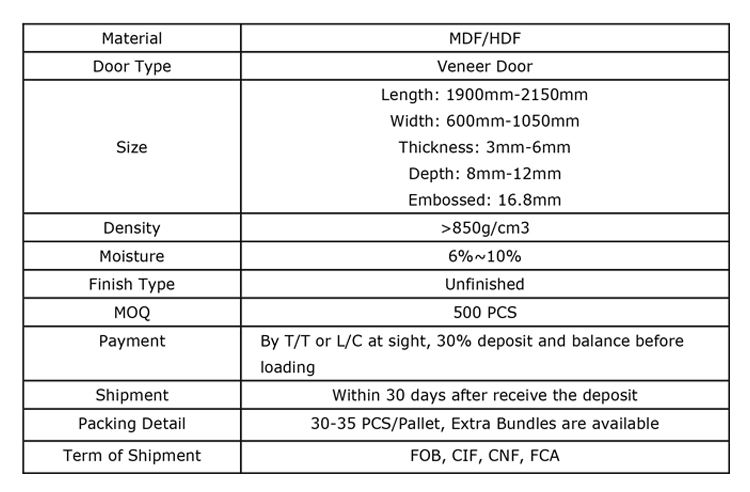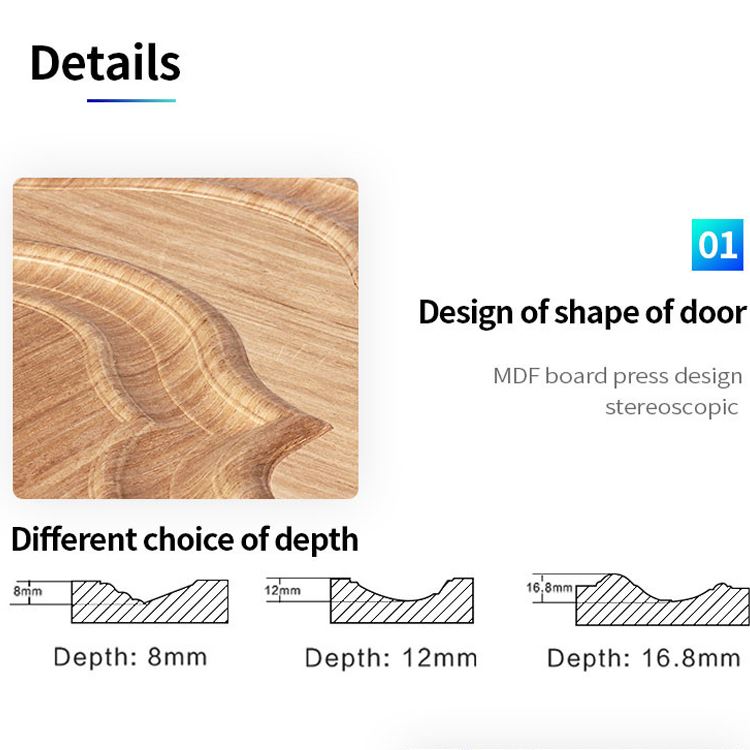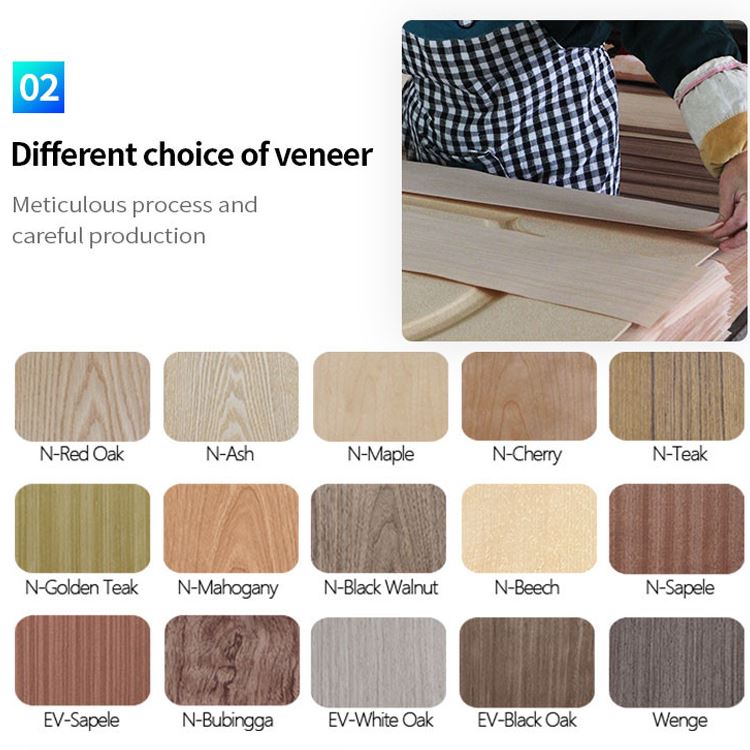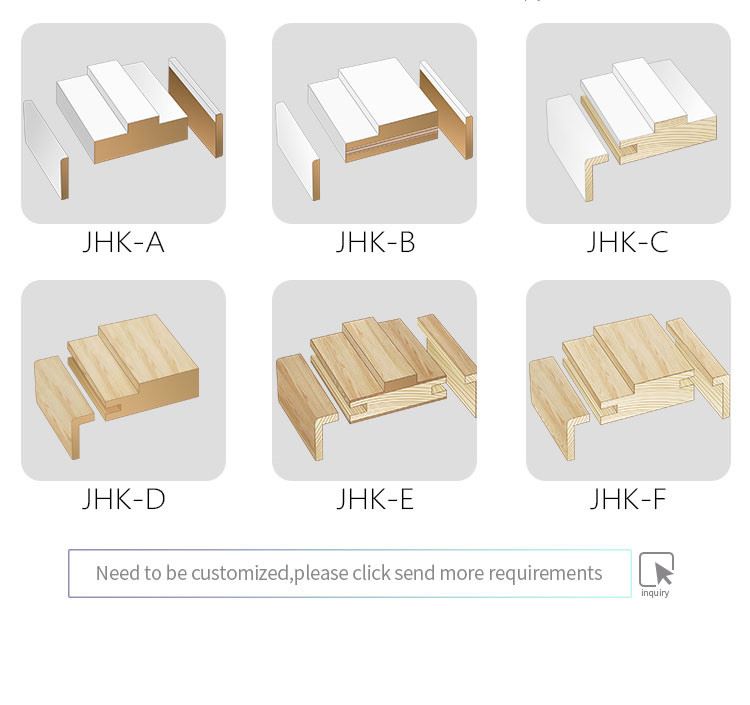Use a mallet to straighten the frame. Gently hammer the frame in the direction necessary to level out both sides of the frame.
· Make sure the door is closed while you straighten the frame. This will help you measure whether the door is even or planed with the frame.
· Use a small, thick piece of wood to cover the area you are hammering. This will evenly distribute the blows from the mallet and prevent damage to the frame. The wood can also be used as a wedge if you have trouble hammering in a particular direction.
Measure frequently and incrementally. As you straighten the frame, measure the door gaps to see whether the door is evenly flush on both sides of the frame, from top to bottom.[1]
· Remember that a warped frame is only an immediate problem if it prevents the door from closing properly, or allows a large gap in between the edge of the door and the frame.
· A warped door frame can suggest a moisture problem. Double check for rotting wood on or near the frame.









Use a mallet to straighten the frame. Gently hammer the frame in the direction necessary to level out both sides of the frame.
· Make sure the door is closed while you straighten the frame. This will help you measure whether the door is even or planed with the frame.
· Use a small, thick piece of wood to cover the area you are hammering. This will evenly distribute the blows from the mallet and prevent damage to the frame. The wood can also be used as a wedge if you have trouble hammering in a particular direction.
Measure frequently and incrementally. As you straighten the frame, measure the door gaps to see whether the door is evenly flush on both sides of the frame, from top to bottom.[1]
· Remember that a warped frame is only an immediate problem if it prevents the door from closing properly, or allows a large gap in between the edge of the door and the frame.
· A warped door frame can suggest a moisture problem. Double check for rotting wood on or near the frame.











